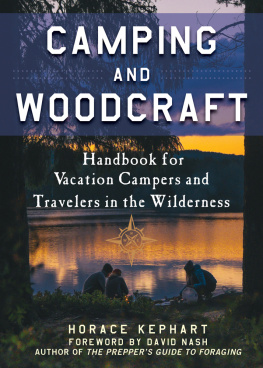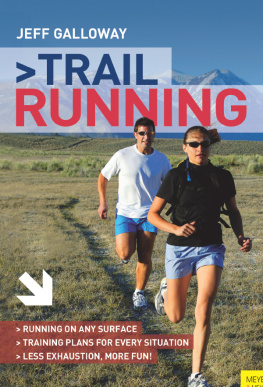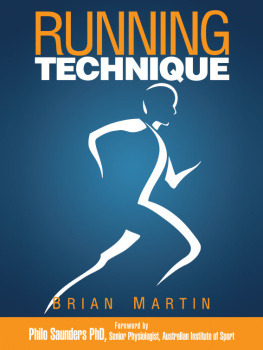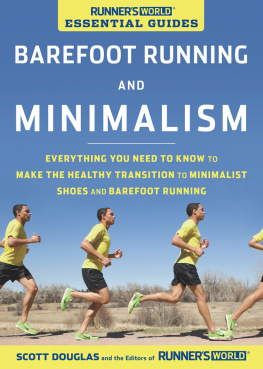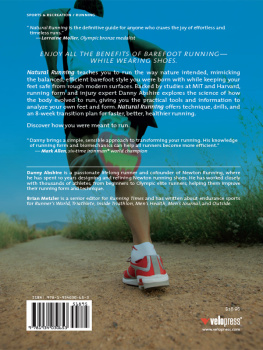


Copyright 1916 by Horace Kephart
Foreword Copyright 2017 by David Nash
First Skyhorse Publishing Edition Copyright 2017
All rights reserved. No part of this book may be reproduced in any manner without the express written consent of the publisher, except in the case of brief excerpts in critical reviews or articles. All inquiries should be addressed to Skyhorse Publishing, 307 West 36th Street, 11th Floor, New York, NY 10018.
Skyhorse Publishing books may be purchased in bulk at special discounts for sales promotion, corporate gifts, fund-raising, or educational purposes. Special editions can also be created to specifications. For details, contact the Special Sales Department, Skyhorse Publishing, 307 West 36th Street, 11th Floor, New York, NY 10018 or .
Skyhorse and Skyhorse Publishing are registered trademarks of Skyhorse Publishing, Inc., a Delaware corporation.
Visit our website at www.skyhorsepublishing.com.
10 9 8 7 6 5 4 3 2 1
Library of Congress Cataloging-in-Publication Data is available on file.
Cover design by Tom Lau
Print ISBN: 9781510722606
Ebook ISBN: 9781510722613
Printed in the United States of America.
To
THE SHADE OF
NESSMUK
IN THE HAPPY HUNTING GROUND
CONTENTS
ILLUSTRATIONS
FOREWORD TO THE 2017 EDITION
I grew up with Camping and Woodcraft by Horace Kephart. As a child, I spent hours looking at the illustrations and planning wilderness treks. As a young scout, I spent glorious summer weeks living in camps based upon the methods found in this book.
As an adult, I find continued usefulness in the materials contained within. I find that many people have turned away from older information. In the camping world, much emphasis is on lighter materials and high-tech solutions. As a self-reliance advocate, I find many preppers doing the same.
I like to blend what is proven to work with new technological solutions. The techniques found in this book are proven. I have personally used many of the skills to make a more comfortable campsite. Currently I am working to build a homestead for retirement. It is hard building a DIY farm with limited resources and little time.
I have used the lashings mentioned in this book to build stands for water barrels and frames for tarps for shade. I have built chairs and tables from its illustrations. I have used Kepharts lists of tools and ingredients when planning my food storage and preparedness needs.
As noted bushcraft survival instructor Mors Kochanski famously said, the more you know, the less you carry. This book formed the basis of my wilderness camping knowledge. As I read the book and poured over the illustrations, I began to memorize certain skills. With practice, I gained skill and confidence.
As my skills grew, I found myself able to create new solutions to outdoor problems by creative use of the camp craft skills I gained from books like this.
Many of these skills are enhanced by modern technology and materials. Tarps are lighter, tools are stronger, and food storage is easier. Its much easier to bring comfort to camping today than at any time in the past.
Modern materials enhance much of what Kephart discusses in his chapter on clothing, but the base truth doesnt change. Wool is still the king of outdoor clothing materials, and layering works best for winter.
Much of what he writes about personal kits and tools he constantly carry translates readily to the modern trend of everyday carry. My camp truck aka bugout vehicle contains a comprehensive kit that is based around the ideas in this book (along with The Complete Walker IV).
A highlight of my teen years was overnight scouting trips where my scoutmaster made us boys plan our own meals, make a shopping list, collect the money, and buy all the food. I loved planning those meals. I spent a lot of time searching for camping recipes. I particularly liked meals from history. Foods from wagon trains and pioneers were of particular interest. I still research historical methods of preserving foods like our ancestors did. The chapter on provisions is filled with historical knowledge that is still useful. He states, [t]here is a great difference in the quality of canned meats. The cheaper brands found in every grocery store are, generally, abominations. This holds true today. I painfully learned this as I reviewed one dollar cans of canned chicken bologna for my website a few months ago.
I love Kepharts writing style, I admire his knowledge and skill, and I regret that todays world does not have the same freedoms to explore the world in the same way as he did.
It is true that some of the material is out of date, but concepts never die. You can learn a lot from this book. You can also get a lot of enjoyment reading it and planning adventures in the comfort of your own home.
David Nash, Spring 2017
FOREWORD
M Y one aim in writing this little book is to make it of practical service to those who seek rest or sport in the wilderness, or whose business calls them thither. I have treated the matter of outfitting in some detail, not because elaborate outfits are usually desirable, for they are not, but because in town there is so much to pick and choose from. Thereafter, the body of the book is mainly given up to such shifts and expedients as are learned in the wilderness itself, where we have nothing to choose from but the raw materials that lie around us.
As for camps situated within easy reach of towns or supply-posts, every one, I suppose, knows best how to gratify his own tastes in fitting them up, and prefers to use his own ingenuity rather than copy after others. Real woodcraft consists rather in knowing how to get along without the appliances of civilization than in adapting them to wildwood life. Such an art comes in play when we travel light, and especially in emergencies, when the equipment, or essential parts of it, have been destroyed. I am not advising anybody to travel with nothing but a gun and ammunition, a blanket, a frying-pan, and a tin cup; but it has been part of my object to show how the thing can be done, if necessary, without serious hardship.
Woodcraft may be defined as the art of getting along well in the wilderness by utilizing natures storehouse. When we say that Daniel Boone, for example, was a good woodsman, we mean that he could confidently enter an unmapped wilderness, with no outfit but what was carried by his horse, his canoe, or on Iris own back, and with the intention of a protracted stay; that he could find his way through the dense forest without man-made marks to guide him; that he knew the habits and properties of trees and plants, and the ways of fish and game; that he was a good trailer and a good shot; that he could dress game and cure peltry, cook wholesome meals over an open fire, build adequate shelter against wind and rain, and keep himself warm through the bitter nights of winterin short, that he knew how to utilize the gifts of nature, and could bide comfortably in the wilderness without help from outside.
The literature of outdoor sport is getting us used to such correlative terms as plainscraft, mountaincraft, and even icecraft, snowcraft, and birdcraft. This sort of thing can be overdone; but we need a generic term to express the art, in general, of getting on well in wild regions, whether in forests, deserts, mountains, plains, tropics or arctics; and for this I would suggest the plain English compound
Next page
